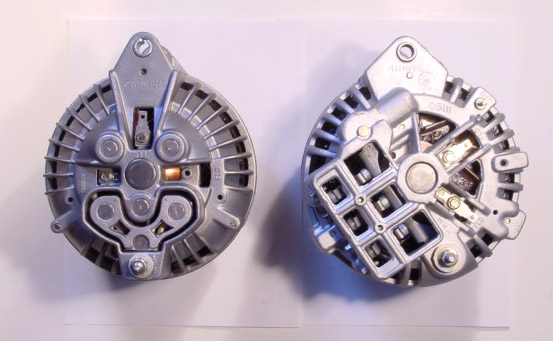Batesy
Well-Known Member
Car: 75 Dart Swinger
Initial problem: Battery was hot, boiling, etc. after driving for an hour or so.
Initial fix: Changed out voltage regulator and ballast resistor. Checked battery while running and it was at about 14v and seemed ok.
Drove it the next day to work and the battery began overheating again. Took it to Sears (where I had bought the battery just 2 months ago). They gave me a new battery but told me that when they disconnected the voltage regulator the battery (while the car was running) was at 17-18v.
Tomorrow my friend and I are going to check grounds. There was one wire coming off the alternator that had a connector that was severely burnt looking. I should mention that, whether it has anything to do with it or not, right before this started happening my friend and I had bypassed the bulkhead connector. We are going to go back and look at our work. I don't think that it should be creating this problem somehow but I don't know for sure. Any thoughts on where to start or check would be greatly appreciated.
Initial problem: Battery was hot, boiling, etc. after driving for an hour or so.
Initial fix: Changed out voltage regulator and ballast resistor. Checked battery while running and it was at about 14v and seemed ok.
Drove it the next day to work and the battery began overheating again. Took it to Sears (where I had bought the battery just 2 months ago). They gave me a new battery but told me that when they disconnected the voltage regulator the battery (while the car was running) was at 17-18v.
Tomorrow my friend and I are going to check grounds. There was one wire coming off the alternator that had a connector that was severely burnt looking. I should mention that, whether it has anything to do with it or not, right before this started happening my friend and I had bypassed the bulkhead connector. We are going to go back and look at our work. I don't think that it should be creating this problem somehow but I don't know for sure. Any thoughts on where to start or check would be greatly appreciated.


















